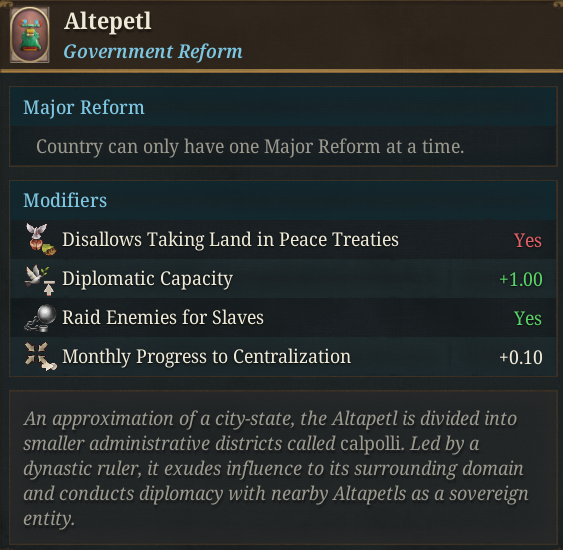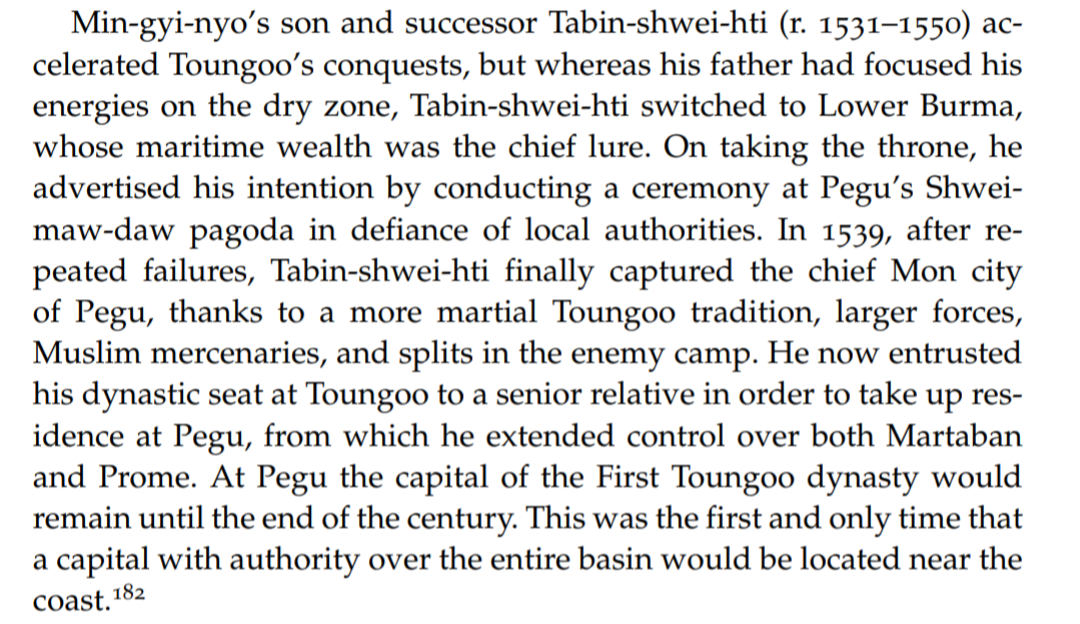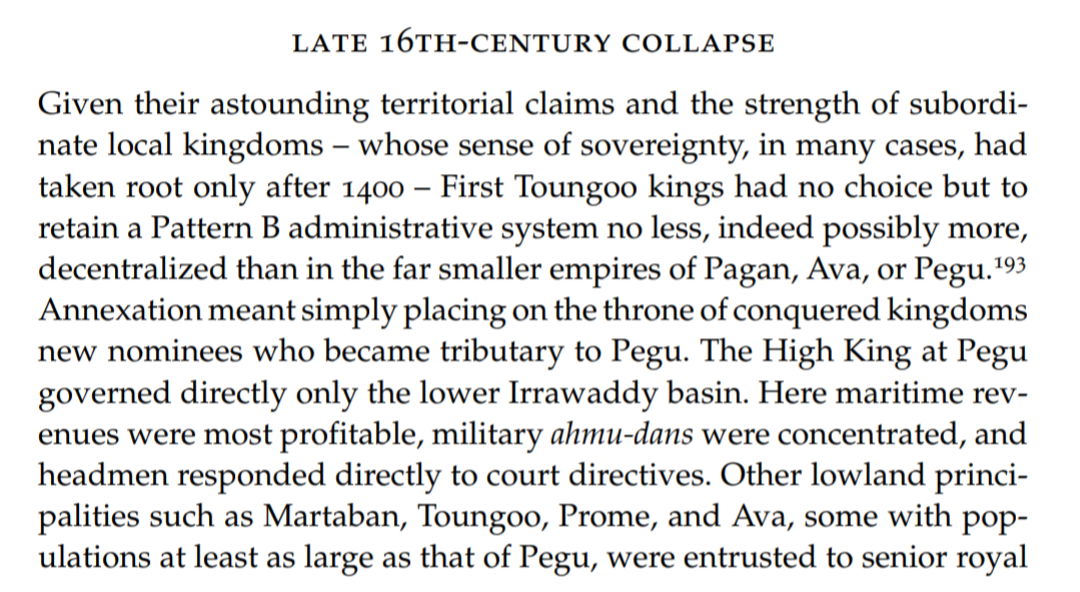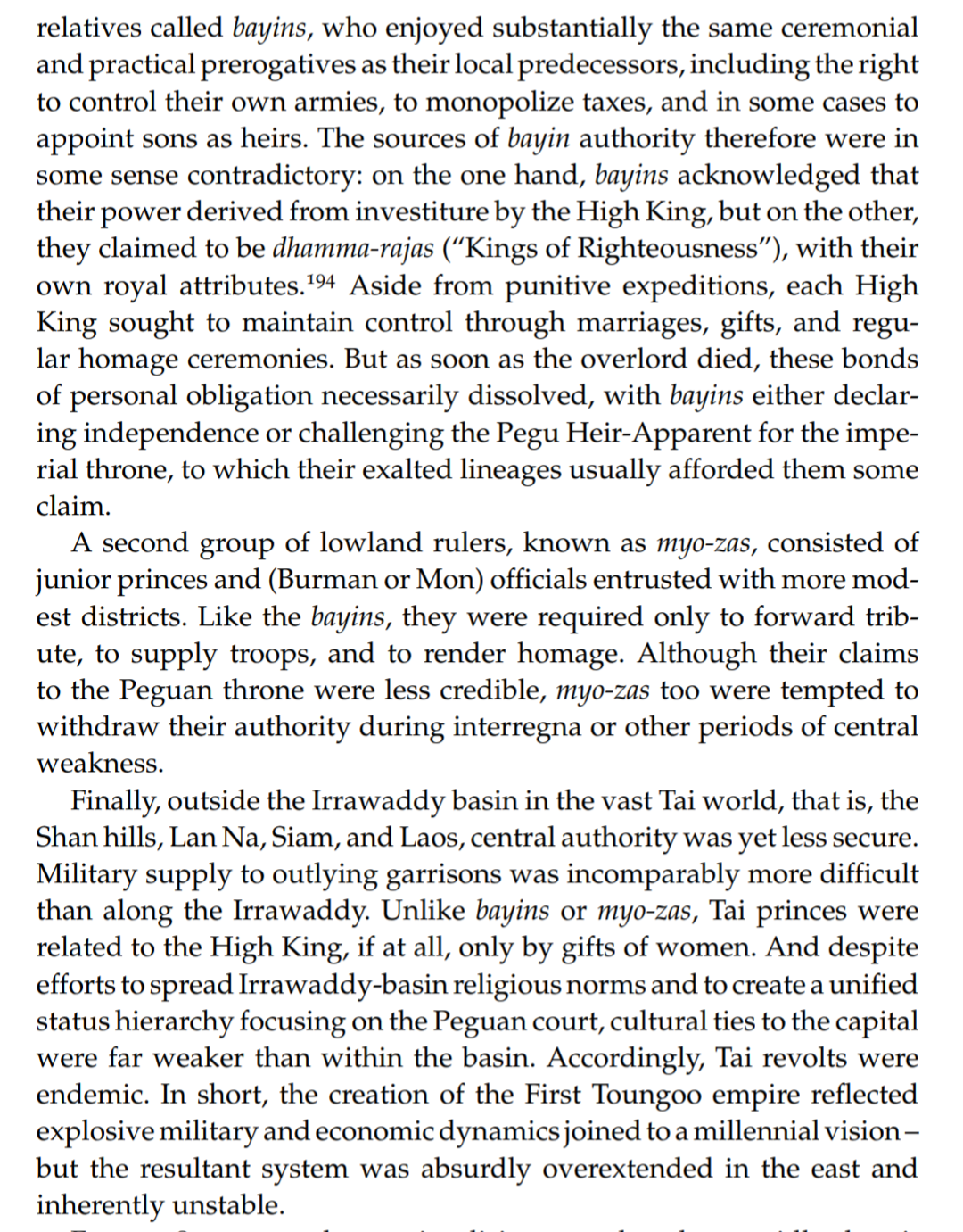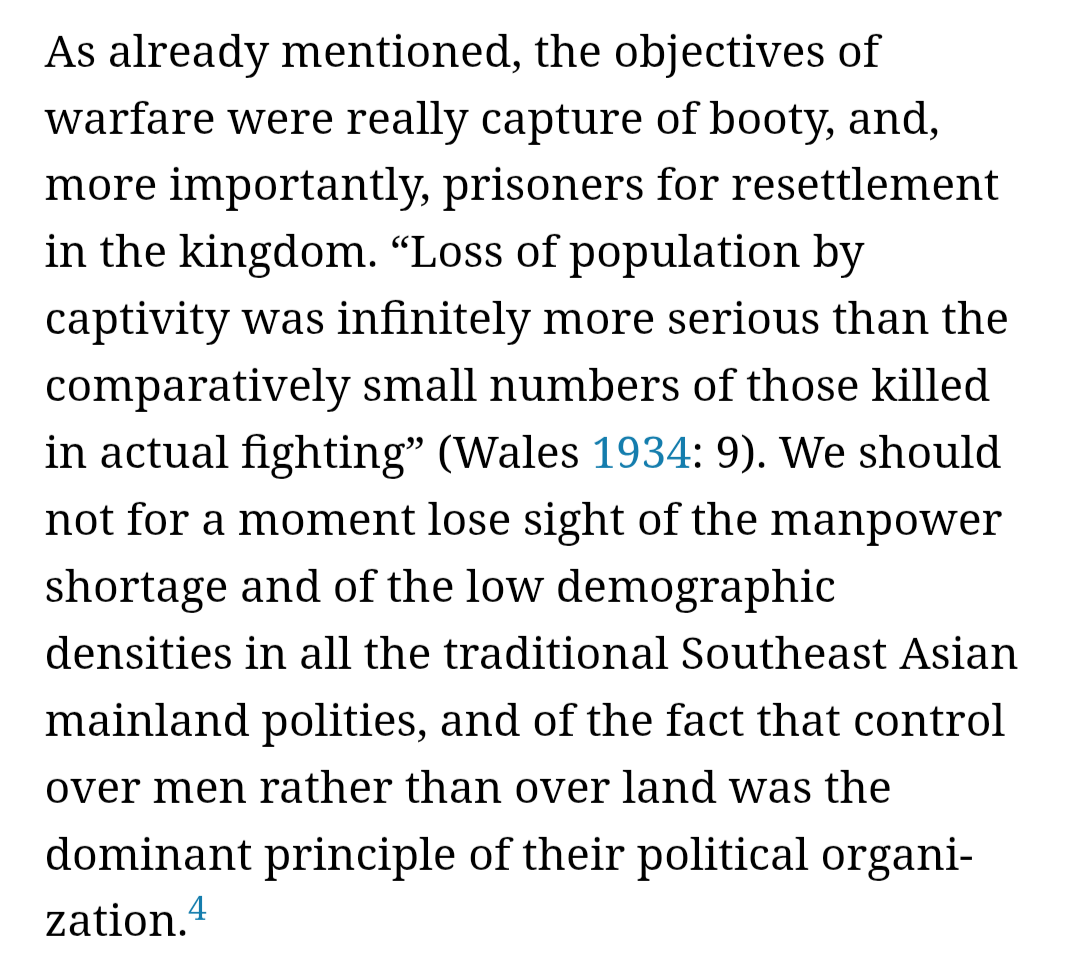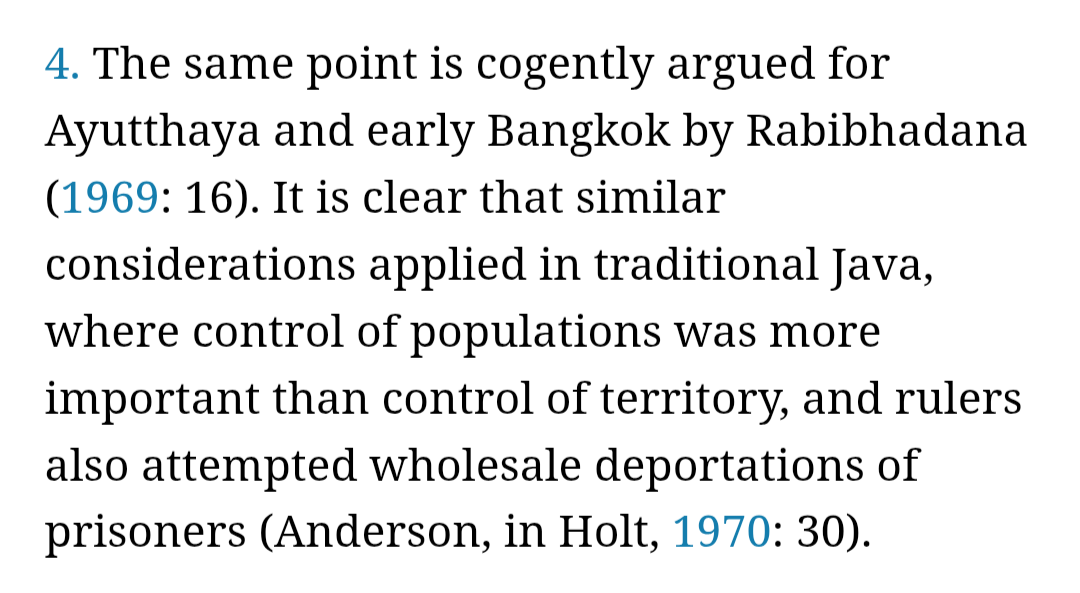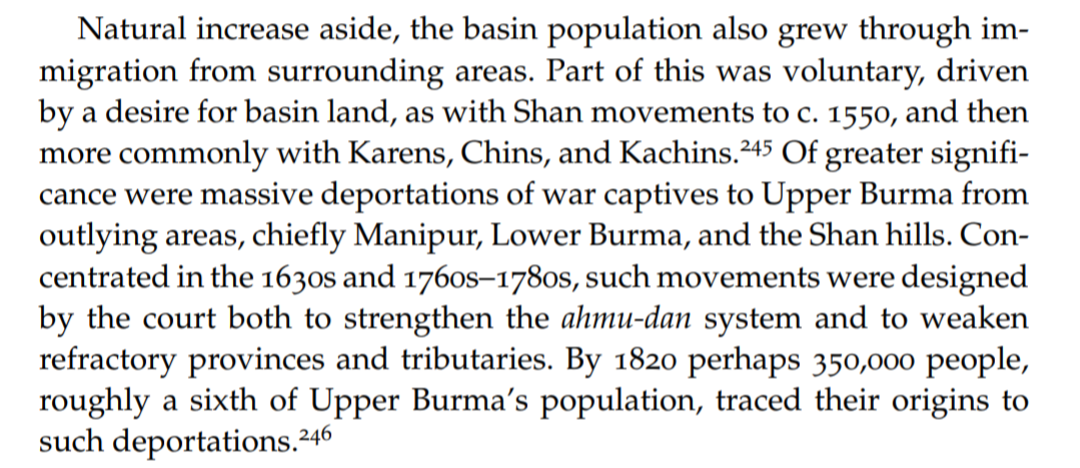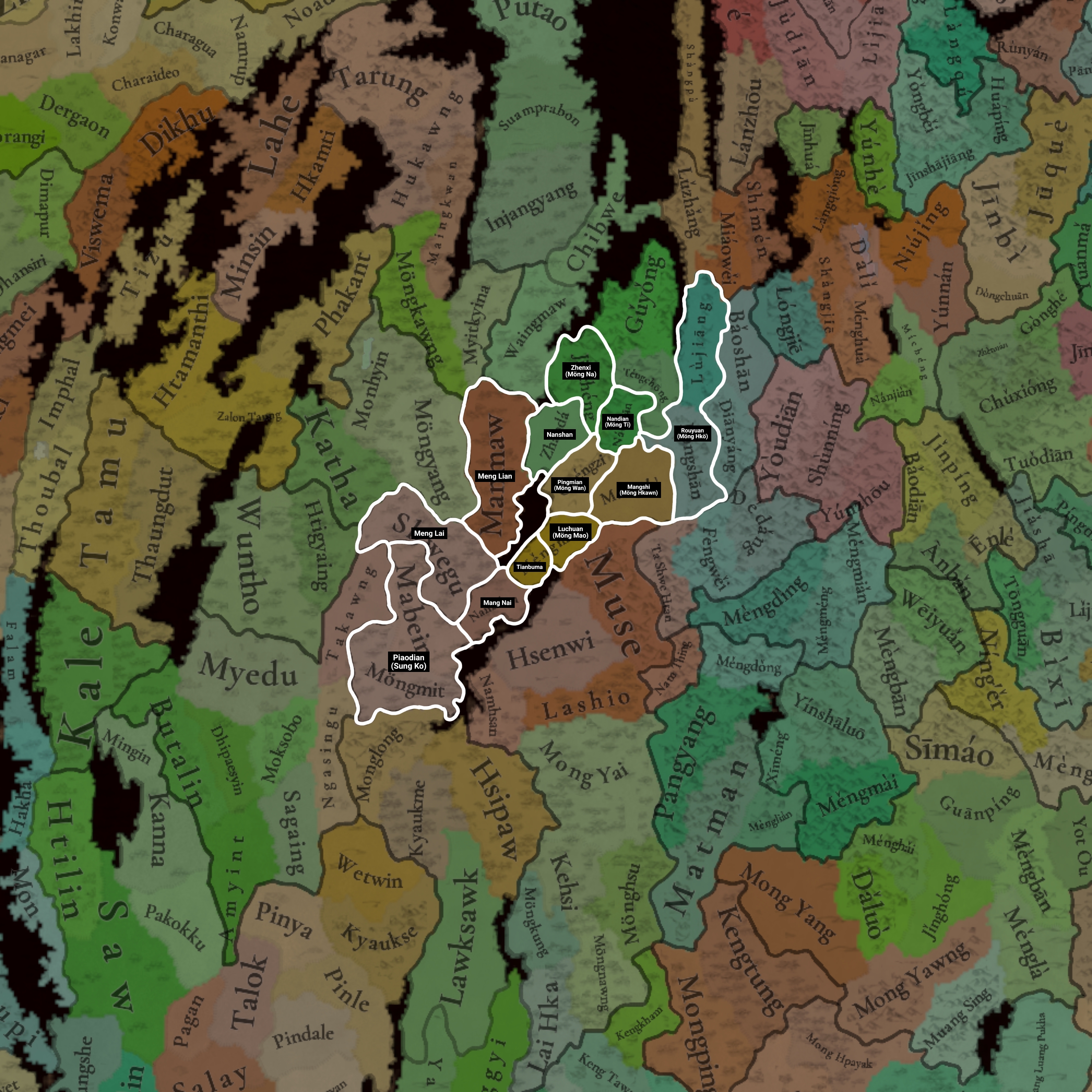I thought I'd start a thread for the region, so feel free to include anything else you want to see in the replies.
In this post, I'll focus on the "Mandala system" of government and some general content/flavour suggestions for 4 of the main Tai countries of the 14th century: Lan Na, Möng Mao, Ayutthaya, and Lan Xang.
Map of my suggested setup in the region:
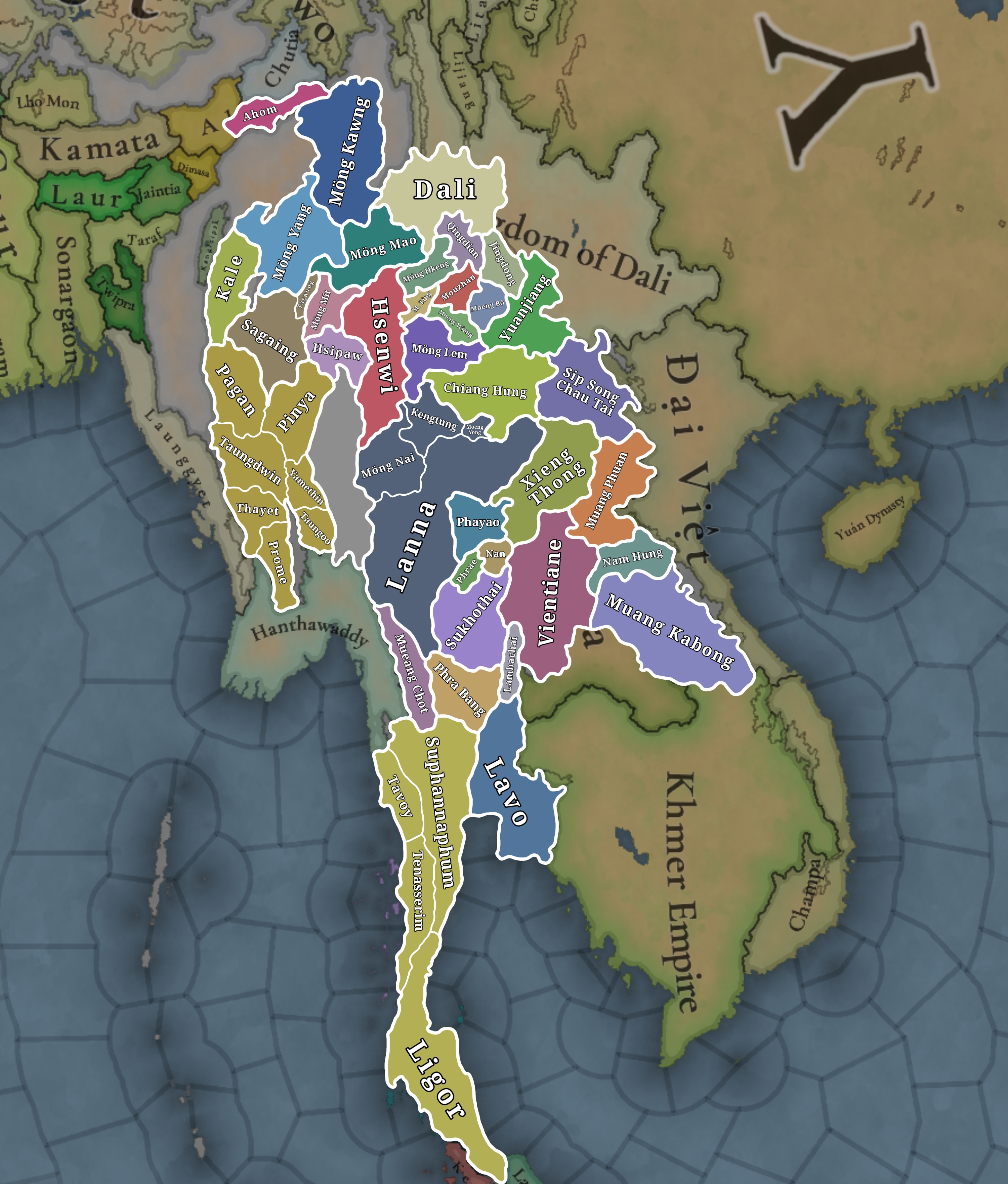
Collection of some of my major map-related posts:
The Mandala System refers to a type of early state formation in Southeast Asia which often consisted of leagues of city states or minor kingdoms centered around the most influential city, often appearing similar to mandala designs or solar systems of planets and their moons orbiting the star in the center.
I made a small post including sources on the topic, and I would suggest reading them along with any more specific descriptions of the governance style of various states in the region.
Generally speaking, "mandala" kingdoms can be internally divided into 3 rough zones, which you'll find in many states from the Toungoo empire to Majapahit to Ayutthaya:
The inner core will obviously just be the same as any other country in the game, but the "outer core" and "vassal" regions are places which can be focused on for unique content.
Outer Core
Vassal Region
In general, I think countries with the Mandala system government type should be more inclined to utilize subject states. The multitude of different cultures and difficult terrain in the region may be enough, but they could get further debuffs to direct control if it isn't. I'll also refer to my suggestion post on subject states in general.
The era from the 13th–14th century is described as the "Tai Century" by some scholars. It saw the rise in dominance of Tai groups (including the modern-day Thai, Lao, and Shan) and their new cultural dominance in the region, taking over from the previously dominant Pagan and Khmer empires and various Mon kingdoms. Some of the first major Tai kingdoms established in the 13th century were Sukhothai and Lan Na in modern-day Thailand. The 14th century saw the rise of three more major kingdoms, Ayutthaya took over from Sukhothai in central Thailand starting in the 1350s, Lan Xang established itself as the dominant power in Laos in the 1350s, and Möng Mao established its dominance as a united Tai/Shan state in Burma, Yunnan, and Assam beginning in the 1330s–1340s.
I'll do my sections in order of when the states were first established, so Lan Na (1292), Möng Mao (1335), Ayutthaya (1351), then Lan Xang (1353).
Lan Na was founded in 1292 under the rule of King Mangrai, uniting many of the small Tai states in the north and taking over the Mon kingdom of Hariphunchai. The kingdom flourished as a center of Theravada Buddhism and literature, and is considered the traditional heritage of the Northern Thai (Tai Yuan or Khon Mueang) people. The kingdom spent much of its later history as a vassal state of Toungoo and Konbaung Burma, until finally being conquered by Sian in 1775.
Some sources are in the Lan Na Wiki page and in "The Northern Tai Polity of Lan Na (Babai-Dadian) Between the Late 13th to Mid-16th Centuries".
Setup
Advances
Narrative Content
Möng Mao began its rise in the 1330s under the leadership of Hsö Hkan Hpa, the Tiger Clawed Lord, taking advantage of declining Yuan power in the region and uniting many of Tai/Shan states in northern Burma and Yunnan and destroying the Burmese kingdoms of Sagaing and Pinya in 1364. The kingdom flourished as the dominant power in the region in the 14th century, cultural advancements such as the creation of a Lik Tai script (the ancestor of the modern Shan, Tai Le, and Ahom alphabets) occurred during its existence, along with the spread of Mongol-Chinese derived military tactics like the use of cavalry and firearms. The kingdom is seen as the cultural heritage of the Shan, Tai Nüa, and Ahom people today. Being the closest to China, it faced the brunt of the Ming dynasty's expansion and their "divide-and-rule" policy, facing its final defeat in the 1440s where it was succeeded by a number of smaller states.
Some sources are in the Möng Mao Wiki page and the Baiyi Zhuan.
Setup
Advances
Narrative Content
Disaster
Ayutthaya was founded in 1351 by King U Thong, taking over the waning power of the Sukhothai kingdom and the Khmer empire. The kingdom brought many advances to governance and culture, and it's considered to be the precursor of modern Thailand. Compared to other Tai states, it had a strong focus on the sea and its maritime presence, many of its ambitions laid in the Malay states to the states. The kingdom became a subject of the Toungoo empire in the 16th century, but it generally flourished until 1767, when it was overthrown by the Thonburi kingdom.
Some sources are in the Ayutthaya Wiki page and "King Lödaiya of Sukhodaya and his contemporaries". Ironically, I know the least about this kingdom compared to the others, but I assume it will already have more content or that more people will chime in on it in future.
Setup
Advances
Narrative Content
Disaster
Lan Xang was founded in 1353 by Fa Ngum. Fa Ngum grew up in the court of the Khmer Empire after being exiled from his home in Muang Sua / Xieng Thong, but went on to reclaim his rightful throne and unite the small Lao muang. Lan Xang is considered the traditional heritage of the Lao and Isan people, and the kingdom oversaw the introduction of Theravada Buddhism and development of the Lao script. The kingdom eventually split into three pieces in 1707.
Some sources are in the Lan Xang Wiki page and the History of Laos by Maha Sila Viravong.
Setup
Narrative Content
Lan Xang could definitely do with some more suggestions, but I've run out of time for now. I might make another post later, but feel free to add to it if you know anything fitting.
That will be the end of this post for now, but I might add more things in future replies. Hope you enjoyed
In this post, I'll focus on the "Mandala system" of government and some general content/flavour suggestions for 4 of the main Tai countries of the 14th century: Lan Na, Möng Mao, Ayutthaya, and Lan Xang.
Map of my suggested setup in the region:

Collection of some of my major map-related posts:
- Compiled country suggestions in Burma, Thailand, Laos, and Southwestern Yunnan
- Tai states of Northern Burma and Southwestern Yunnan
- Locations in Northern Burma and Southwestern Yunnan
- Locations in Laos and Thailand
- And some other minor posts throughout the Southeast Asia thread
Mandala System
The Mandala System refers to a type of early state formation in Southeast Asia which often consisted of leagues of city states or minor kingdoms centered around the most influential city, often appearing similar to mandala designs or solar systems of planets and their moons orbiting the star in the center.
I made a small post including sources on the topic, and I would suggest reading them along with any more specific descriptions of the governance style of various states in the region.
Generally speaking, "mandala" kingdoms can be internally divided into 3 rough zones, which you'll find in many states from the Toungoo empire to Majapahit to Ayutthaya:
- An "inner core", denoting the area under the direct control of the monarch. Typically the capital city and the directly neighbouring areas.
- An "outer core", denoting the area ruled by close family members of the monarch. These areas would emulate the central capital with their own courts and titles, reflecting their own mini kingdoms or "planets" of the core region.
- The "vassal states", denoting areas under the control of local dynasties, giving regular tribute and military contributions.
The inner core will obviously just be the same as any other country in the game, but the "outer core" and "vassal" regions are places which can be focused on for unique content.
Outer Core
The outer core could be represented in two main different ways.
The first way would be to use actual subject states, likely similar to the appanage system in France. This could be a realistic representation as long as the family members ruling these appanages could still interact with the central court and country, and if it didn't weaken the countries too much compared to other states. The problem comes with how messy it could become, if it were applied in 1337 most of the map would consist of OPMs, and even then there would be many more polities which were even smaller than locations allow, this would also come with the problem of trying to split kingdoms where we lack sources on their ruling dynasty or subdivisions. In essence, I think it would be too ambitious to include in the game before release, but it could definitely be good for a mod or future update.
The second way would be some type of system of governors, either just symbolic or assigning avtual characters to regions, who will give the country benefits to governance and legitimacy, but come with higher risks of civil war or rebellion when a ruler dies.
Vassal Region
For the vassal region, I would suggest using a mechanic which is different from the usual system of vassal states and/or tributary states. It could be represented either as an IO for every country, or a unique government interaction/value/subject type.
- Tributary subjects replaced with "Mandala" international organizations, where a new IO can be established by any country which gains a "Mandala tributary" through war or diplomacy. This should be completely distinct from the usual subject state status, allowing Mandala tributaries to simultaneously be members of multiple Mandala IOs and/or in the tributary system of China too. This allows for the representation of the overlapping power centers characteristic of the region.
- Each IO features a "Mandala authority" value, which is based on individual ruler skills, military feats, royal marriages, and some other things like prestige and cultural tradition/influence. To represent Pattern A polities (in 1337, Sagaing/Pinya, Khmer), clergy-owned land should also increase Mandala authority. Each Mandala tributary should have a "loyalty" value based on Mandala authority and relative strength, with low loyalty a tributary state will simply leave the IO (granting a casus belli for the former overlord, though, to make reconquest easier). Mandala authority should reset on ruler death to a default value based on the new ruler's skills, representing the importance of personal relationships and the rapid decline of empires like Toungoo and Majapahit after the initial strong ruler's death. This shouldn't be an immediate death sentence for a player, but it will require more effort to increase your authority and quell tributary rebellions.
- Mandala authority can be used as a currency for certain actions, like converting a Mandala tributary into a normal vassal state (allowing annexation), or transferring pops from the tributary into the overlord's core land.
Alternatively, if overlapping subject states or IOs can't be reasonably used, "mandala tributaries" may just be able to switch to become subjects of another neighbouring state if their previous overlord has a lower "mandala authority" than the new overlord.
In general, I think countries with the Mandala system government type should be more inclined to utilize subject states. The multitude of different cultures and difficult terrain in the region may be enough, but they could get further debuffs to direct control if it isn't. I'll also refer to my suggestion post on subject states in general.
Country Suggestions and Flavour
The Four Tai Kingdoms of the 14th Century
The Four Tai Kingdoms of the 14th Century
The era from the 13th–14th century is described as the "Tai Century" by some scholars. It saw the rise in dominance of Tai groups (including the modern-day Thai, Lao, and Shan) and their new cultural dominance in the region, taking over from the previously dominant Pagan and Khmer empires and various Mon kingdoms. Some of the first major Tai kingdoms established in the 13th century were Sukhothai and Lan Na in modern-day Thailand. The 14th century saw the rise of three more major kingdoms, Ayutthaya took over from Sukhothai in central Thailand starting in the 1350s, Lan Xang established itself as the dominant power in Laos in the 1350s, and Möng Mao established its dominance as a united Tai/Shan state in Burma, Yunnan, and Assam beginning in the 1330s–1340s.
I'll do my sections in order of when the states were first established, so Lan Na (1292), Möng Mao (1335), Ayutthaya (1351), then Lan Xang (1353).
Lan Na
.png)
.png)
Lan Na was founded in 1292 under the rule of King Mangrai, uniting many of the small Tai states in the north and taking over the Mon kingdom of Hariphunchai. The kingdom flourished as a center of Theravada Buddhism and literature, and is considered the traditional heritage of the Northern Thai (Tai Yuan or Khon Mueang) people. The kingdom spent much of its later history as a vassal state of Toungoo and Konbaung Burma, until finally being conquered by Sian in 1775.
Some sources are in the Lan Na Wiki page and in "The Northern Tai Polity of Lan Na (Babai-Dadian) Between the Late 13th to Mid-16th Centuries".
Setup
In 1337, Lan Na was ruled by King Phayu, a descendant of King Mangrai. His family members Khun Khüa and Nam Nan rule in Möng Nai (Müang Nai) and Kengtung (Chiang Tung) respectively. Phayu's son, Kue Na, succeeded him as ruler in 1355.
Lan Na should have Möng Nai, Kengtung and Moeng Yòng as tributary subjects, and an alliance with Nan (Pua).
The location Tak was recently conquered and should not be fully cored, Sukhothai should have a core or claim on this location.
The primary capital of King Phayu was in Chiang Saen in 1337.
The areas north of Chiang Rai had a majority Tai population, while the areas around Chiang Mai were still mainly dominated by Mon and Lawa populations.
Advances
Age of Traditions:
- Nai Sip system, granting modifiers to Levy Size and Subject Loyalty
- Center of Buddhism, granting modifiers to Tolerance of the true faith and Cultural influence
Age of Renaissance:
- Tham Script, granting modifiers to Literacy Rates and Clergy Loyalty
Narrative Content
Conquest of Phayao
Triggers in 1337–1338, granting a casus belli on Phayao. Lan Na's ally, Nan, expects to receive land from the war (specifically, their core on the location of Pua) and will break the alliance if they don't receive any.
A Choice of Capital
Triggers around 1340. Lan Na has the option of keeping their capital in Chiang Saen, or making Chiang Mai the primary capital (historical option). Moving the capital to Chiang Mai may benefit relations with the ethnic minorities of the region, while keeping it in Chiang Saen may please the Tai population and nobility.
Spread of Theravada Buddhism
Triggers in this 15th century. Lan Na has the option to send missionaries to neighbouring states, converting the Tai populations to Theravada Buddhism, increasing Lan Na's cultural influence and prestige.
Möng Mao
~4.png)
~4.png)
Möng Mao began its rise in the 1330s under the leadership of Hsö Hkan Hpa, the Tiger Clawed Lord, taking advantage of declining Yuan power in the region and uniting many of Tai/Shan states in northern Burma and Yunnan and destroying the Burmese kingdoms of Sagaing and Pinya in 1364. The kingdom flourished as the dominant power in the region in the 14th century, cultural advancements such as the creation of a Lik Tai script (the ancestor of the modern Shan, Tai Le, and Ahom alphabets) occurred during its existence, along with the spread of Mongol-Chinese derived military tactics like the use of cavalry and firearms. The kingdom is seen as the cultural heritage of the Shan, Tai Nüa, and Ahom people today. Being the closest to China, it faced the brunt of the Ming dynasty's expansion and their "divide-and-rule" policy, facing its final defeat in the 1440s where it was succeeded by a number of smaller states.
Some sources are in the Möng Mao Wiki page and the Baiyi Zhuan.
Setup
In 1337, Möng Mao was ruled by Hsö Hkan Hpa, a very skilled leader and general who should have high stats. He had a younger brother (twin brother in some chronicles) named Sam Long, apparently another skilled general, and a son named Hsö Pem Hpa who would succeed him as ruler in 1369.
Many neighbouring regions, including Möng Mao, were nominal subjects of the Yuan dynasty and could be considered to be within their tusi system. However, if there is no special tusi subject type then it would make most sense to represent these distant subjects as tributaries rather than vassals. Dali, and regions south of it (basically, the states I drew on my map, going up to the border with India and Pinya/Sagaing), should be tributaries of the Yuan dynasty. The remaining tusi states in Yunnan should be under the control of the Prince of Liang in Kunming. Möng Mao only faced opposition from local armies in Yunnan, not the central government, so this is what I would consider the basic level to represent/allow for their expansion.
The locations outside of the core region in Ruili/Longchuan were only recently conquered, and probably shouldn't be fully cored yet.
The population in Möng Mao should be higher compared to nearby Tai states, and there should also be a relatively high concentration of Tai culture pops compared to other ethnicities. Many Tai people are recorded as migrating out of this region in the 14th century.
Advances
Age of Traditions:
- Civilians During Peace, Soldiers During War. Gives modifiers to Levy Size.
- The Silver Trade. Gives modifiers to Inflation Impact, or some other economic benefit.
Age of Renaissance:
- Lik Tai script. Gives modifiers to Literacy Rate and Cultural Influence.
- Postal stations. Gives modifiers to
Cost of Building Roads and Distance Cost to Capital.
Narrative Content
The Tiger Clawed Lord
Triggers at the beginning of the game for Möng Mao. This event should give Casus Bellis on neighbouring Tai states (up to Möng Mao's historical borders) and give very high bonuses to diplomatic vassalization (to the point that it could look similar to the "Unite the Shan" mission in EU4, which lets you annex allied Shan states). However, it will also trigger a Chinese response in a few years time (historically 1342).
The Chinese Expedition
Triggers in the 1340s or when Möng Mao reaches a certain strength. This should initially begin a war with the Prince of Liang and their subjects in Yunnan, though a Yuan player could also receive an option to escalate the war if they wish.
Tension Between Brothers
Triggers a few years after Möng Mao has subjugated or conquered Möng Kawng. Rumours of Sam Long rebelling against Hsö Hkan Hpa have spread. Möng Mao should have two options, poison Sam Long (historical), killing him and reducing the country's legitimacy, or allow him to rule in Möng Kawng, making him the ruler of Möng Kawng but coming with a small risk of rebellion.
Raids of Central Burma
Triggers when any Tai state has subjugated all/most of the Tai states bordering Sagaing/Pinya. The country gains a casus belli on Sagaing/Pinya, with the goal of raiding the kingdoms. If successful, the country will devastate the region and gain a lot of profit, all of Pinya's subject states will become independent and the Ava kingdom will be founded, also renaming the location of Pinya to Ava. Initially, Ava should only occupy the core region, but will have claims on all the minor Burmese states and can swiftly expand into them.
Disaster
Möng Mao civil war (Dao Ganmeng rebellion)
Triggers when the country has a weak ruler, ticking up to a severe civil war.
Some events may speed up its progress to the beginning of the civil war:
- Chinese soldiers spread firearm technology to Möng Mao. Option to reward them, giving military benefits but accelerating progress to the civil war, or expel them, having the opposite effect.
- A Chinese monk converses with our ruler. Option to convert the ruler to Mahayana Buddhism, accelerating progress to the civil war, or expel him, having the opposite effect.
Ayutthaya
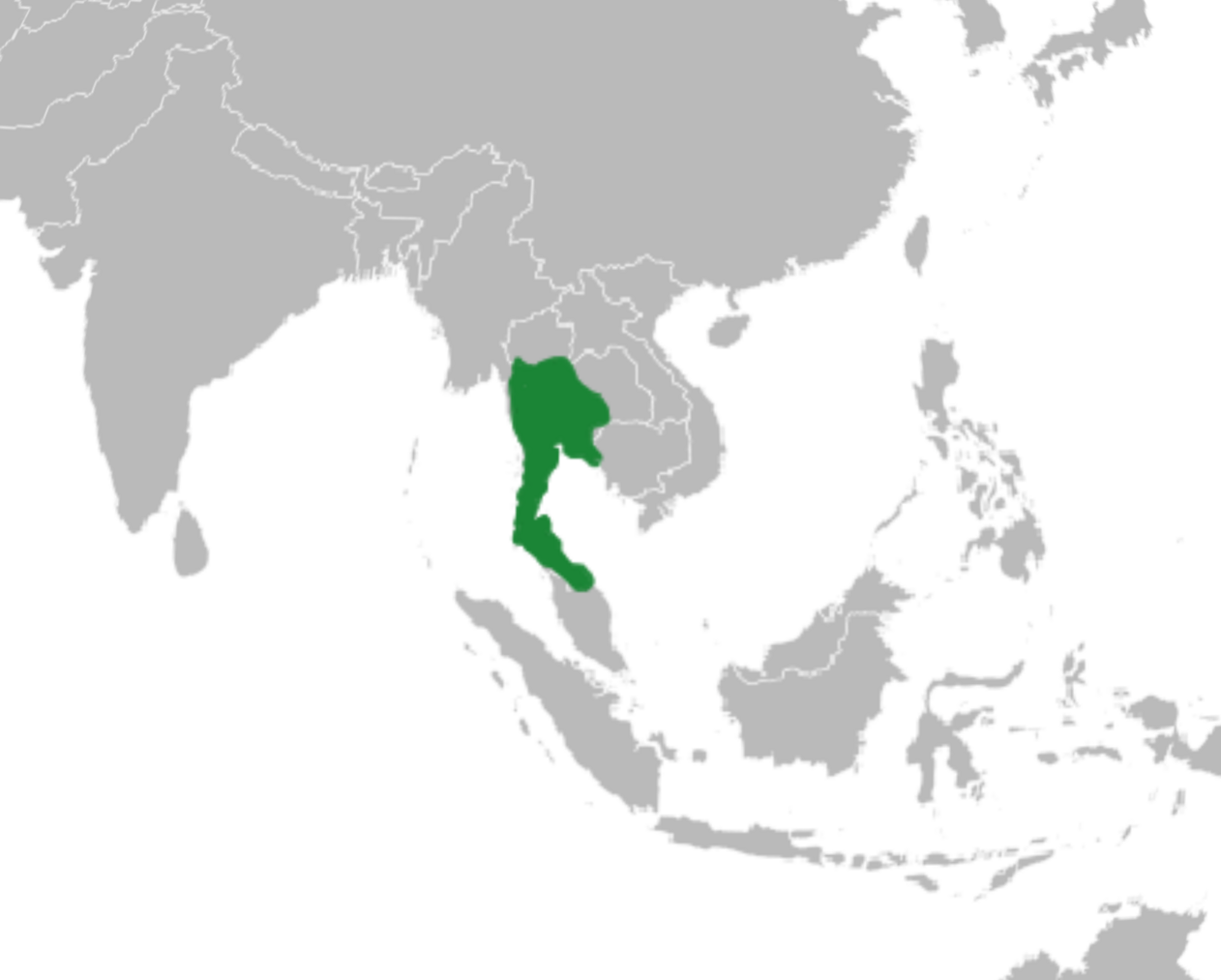

Ayutthaya was founded in 1351 by King U Thong, taking over the waning power of the Sukhothai kingdom and the Khmer empire. The kingdom brought many advances to governance and culture, and it's considered to be the precursor of modern Thailand. Compared to other Tai states, it had a strong focus on the sea and its maritime presence, many of its ambitions laid in the Malay states to the states. The kingdom became a subject of the Toungoo empire in the 16th century, but it generally flourished until 1767, when it was overthrown by the Thonburi kingdom.
Some sources are in the Ayutthaya Wiki page and "King Lödaiya of Sukhodaya and his contemporaries". Ironically, I know the least about this kingdom compared to the others, but I assume it will already have more content or that more people will chime in on it in future.
Setup
There are a few different interpretations around the foundation of Ayutthaya, however, I'm going to use the same interpretation and source from my country setup post.
U Thong should begin as the heir to the throne in both Suphannaphum (Suphanburi) and Lavo (Lopburi).
Sukhothai should be much smaller than it currently is, as described in my country post, and Suphannaphum had made recent conquests into Phetchaburi and subjugated the states in Tavoy, Tenasserim and Ligor.
Advances
Age of Renaissance:
- Sakdina. Gives modifiers to Levy Size and Subject State Income.
- Kalahom and Mahatthai Ministries. Gives bonuses to army and governance.
Narrative Content
Foundation of Ayutthaya
Triggers when U Thong becomes ruler of both Suphannaphum and Lavo. Country becomes Ayutthaya and the capital moves to Ayutthaya.
Yasodhapura
Triggers if Ayutthaya is at war with Khmer and occupy Yasodhapura. Creates a subject state of Ayutthaya, ruled by a family member, within the western parts of Khmer territory. This event is mentioned in the Wiki page of U Thong.
Disaster
Conflict of Two Dynasties
Triggers after U Thong's death, causing instability in the country and possibly multiple civil wars. It can be ended when one branch of the dynasty (U Thong or Suphannaphum) has been destroyed.
Lan Xang
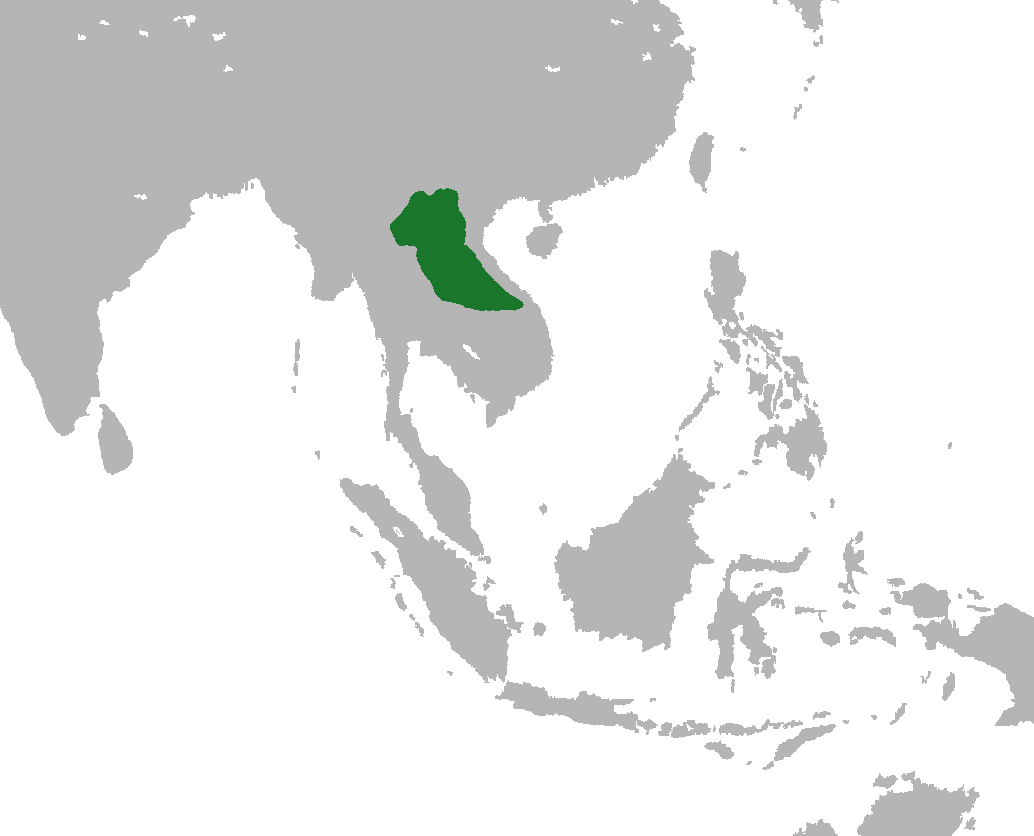

Lan Xang was founded in 1353 by Fa Ngum. Fa Ngum grew up in the court of the Khmer Empire after being exiled from his home in Muang Sua / Xieng Thong, but went on to reclaim his rightful throne and unite the small Lao muang. Lan Xang is considered the traditional heritage of the Lao and Isan people, and the kingdom oversaw the introduction of Theravada Buddhism and development of the Lao script. The kingdom eventually split into three pieces in 1707.
Some sources are in the Lan Xang Wiki page and the History of Laos by Maha Sila Viravong.
Setup
In 1337, Fa Ngum should be a character in the Khmer court, along with his wife Keo Kang Ya. He should have high skills and be related to the royal family in Muang Sua / Xieng Thong.
The Lao region should be split between various small muang states, the exact extent is difficult to say so I only included enough that were more historically verifiable in external mentions and with their own rulers mentioned in the Lan Xang chronicle. Vientiane should have a fort in its capital.
Narrative Content
Fa Ngum's Expedition
Triggers for the Khmer after the foundation of Ayutthaya. Gives the option of sending Fa Ngum north to found a state in the Lao region.
This could work in two ways:
1. Lan Xang (Fa Ngum) spawns as a state around Champasak, taking territory which was previously owned by Khmer, then would conquer land northwards as he did historically.
2. A simplified version (for gameplay) where he spawns as a civil war in Muang Sua / Xieng Thong, then can form Lan Xang and conquer outwards from there.
After spawning, Lan Xang will gain claims on the other Lao states.
Submission of Muang Phuan
Triggers soon after Lan Xang (Fa Ngum) borders Muang Phuan. Triggers a civil war in Muang Phuan, with the rebelling side supported by Lan Xang. If won, Muang Phuan automatically becomes a subject of Lan Xang.
Golden Arrows
Triggers when Lan Xang lays siege to Vientiane. Based on a legend of Fa Ngum ordering golden arrows to be shot at the walls of Vientiane, then feigning retreat. The inhabitants took down the walls to collect the gold, and Fa Ngum returned with an army to conquer the city. Spends some gold to gain a large siege bonus.
Insanity of Fa Ngum
Triggers if Fa Ngum's wife, Keo Kang Ya, dies. Fa Ngum fell into a depression, and was exiled by the ministers of the country. The player has the option to exile him, or to keep him but face heavy losses in his personal stats.
Lan Xang could definitely do with some more suggestions, but I've run out of time for now. I might make another post later, but feel free to add to it if you know anything fitting.
That will be the end of this post for now, but I might add more things in future replies. Hope you enjoyed
Last edited:
- 11
- 7
- 3
- 2


